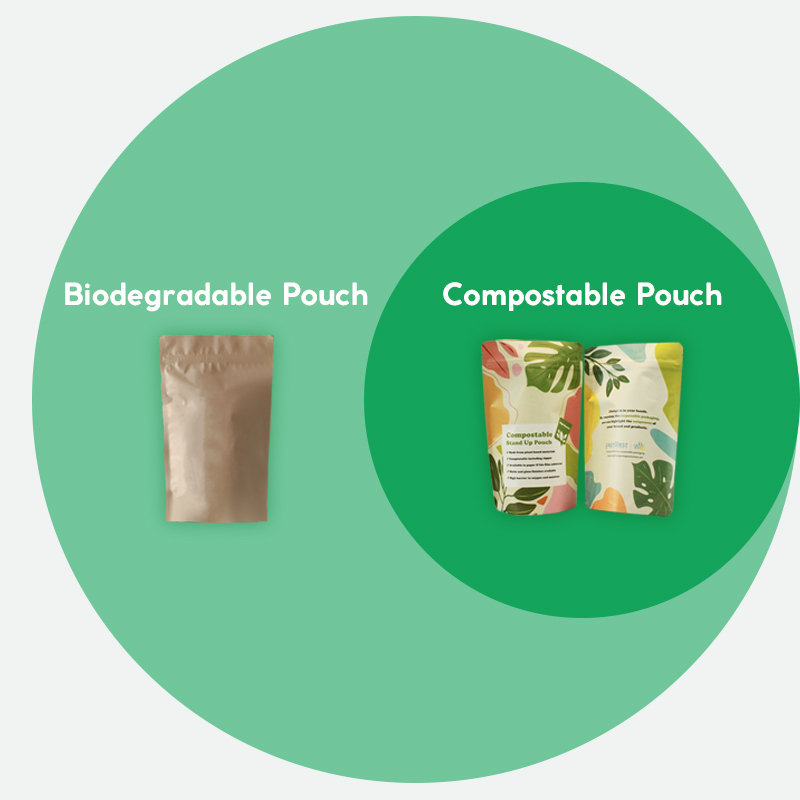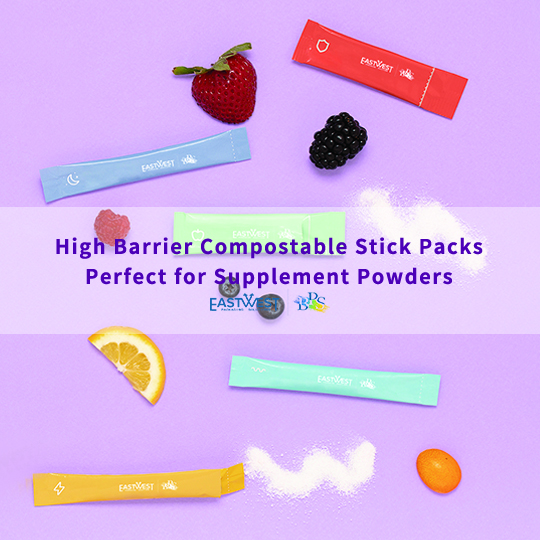Flexible packaging accounts for 19 percent of the overall packaging market and is expected to grow at a rate of 3.9 percent CAGR by 2023, according to the 2019 Flexible Packaging Marketing Assessment by PMMI, The Association for Packaging and Processing Technologies. Convenient packaging, excellent barrier properties, sustainable materials and growing customer base for fast-moving consumer products and consumer durables in emerging countries are driving this expansion.
Food is the largest end-use industry for flexible packaging, accounting for nearly half of all flexible packaging used. The food industry was an early adopter of flexible packaging and has seen continued, strong growth due to a rise in convenient packaging for ready-to-eat foods, snacks, frozen meals and cake mixes. Two segments—processed fruits and vegetables and baby food—are expected to outperform the overall food market for flexible packaging, achieving over two percent growth through 2023. Global demand for consumer flexible packaging will continue its upward growth trend especially as developing economies continue to expand.
Within the flexible market, plastic pouches will witness the largest growth (20 percent) among flexible packaging types through 2022. Pouch demand is driven by their flexibility, ease of use and light weight, as well as rising popularity of ready-to-eat foods. Advances in pouch characteristics — convenience features such as resealable closures, spouts and tear notches—and pouch manufacturing technology — machinery with increased line speeds — will continue to lower production costs, making pouches more competitive with other forms of packaging, like cartons and cans.
Source from: Packaging Strategies
 Eco-Friendly Packaging Materials The Next Wave in Sustainable Design, Right at Your Fingertips!
Eco-Friendly Packaging Materials The Next Wave in Sustainable Design, Right at Your Fingertips!
 Interested in Elevating Your Packaging to the New Height?
Interested in Elevating Your Packaging to the New Height?
 Compostable vs Biodegradable: Which Pouch is Best for the Environment?
Compostable vs Biodegradable: Which Pouch is Best for the Environment?
 Compostable Stick Packs for Supplement Powder
Compostable Stick Packs for Supplement Powder